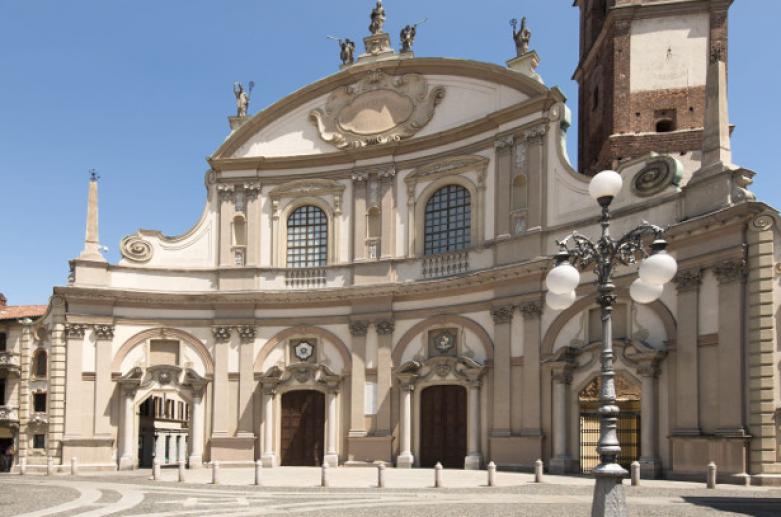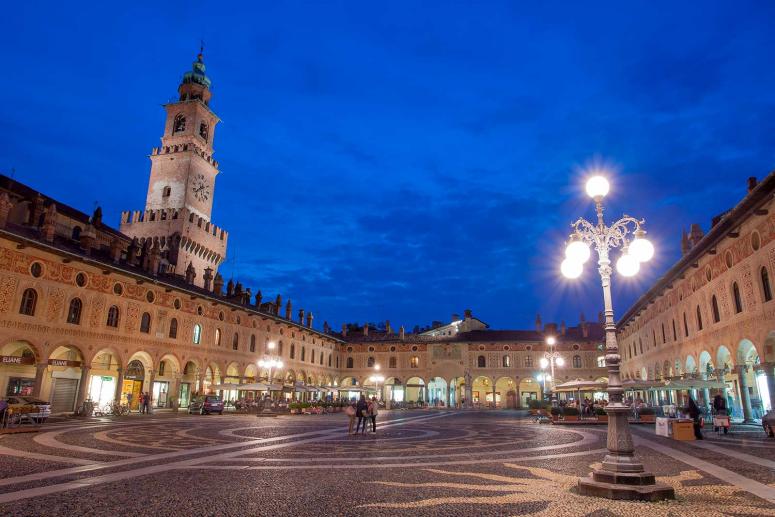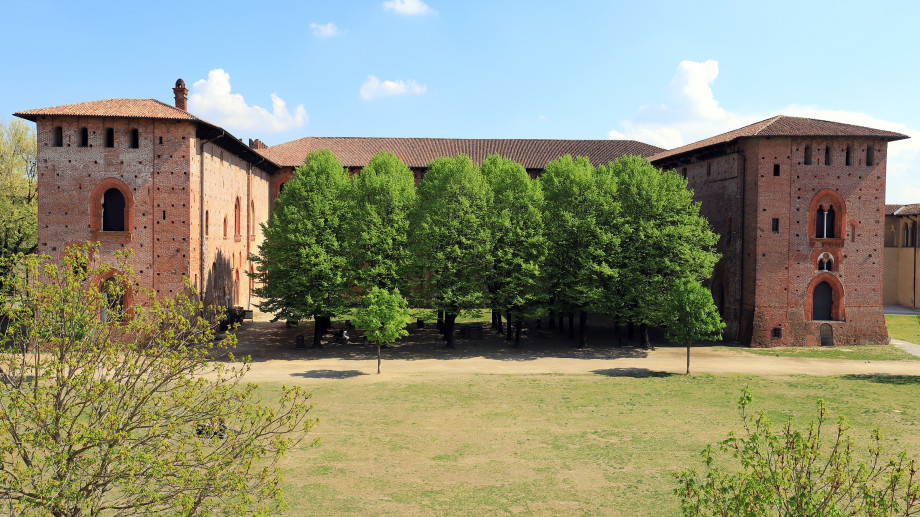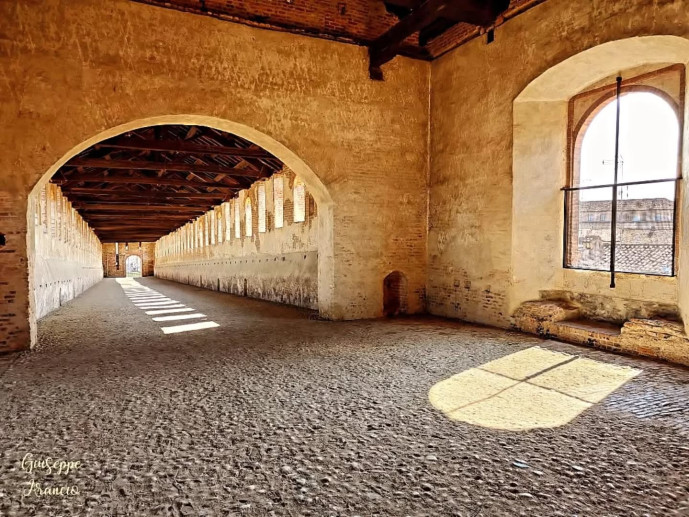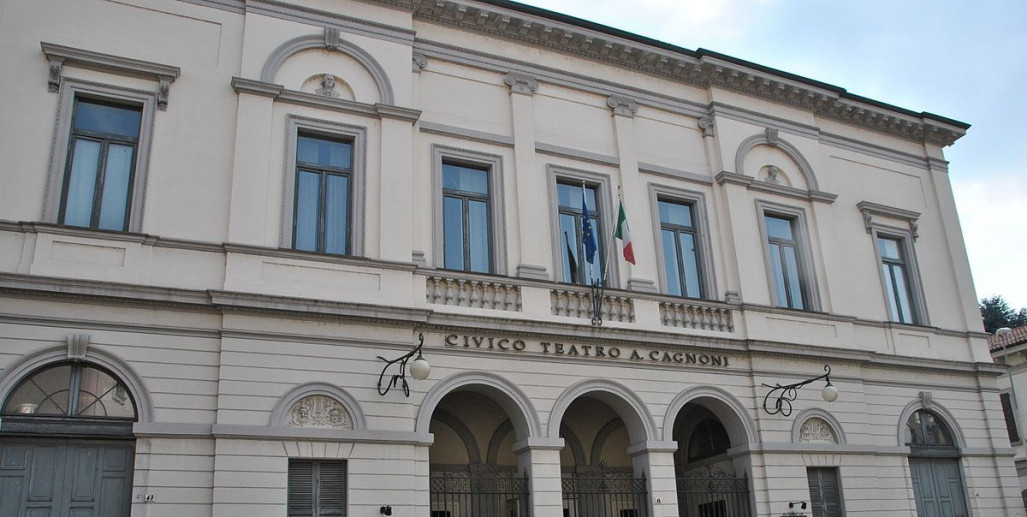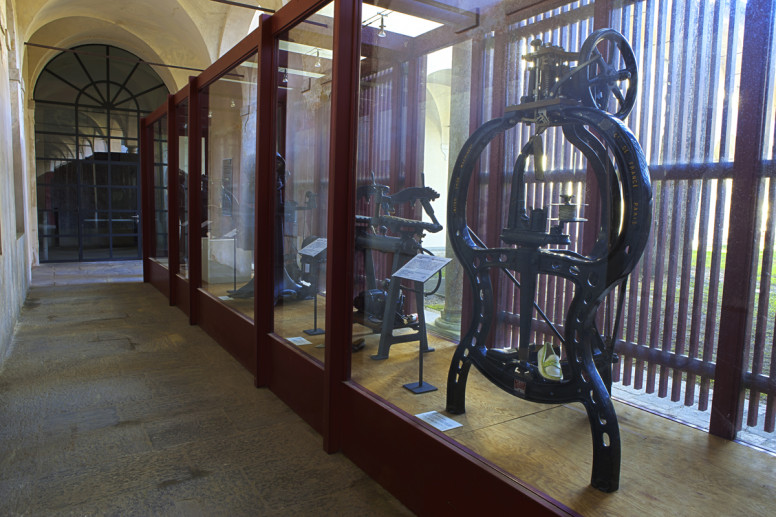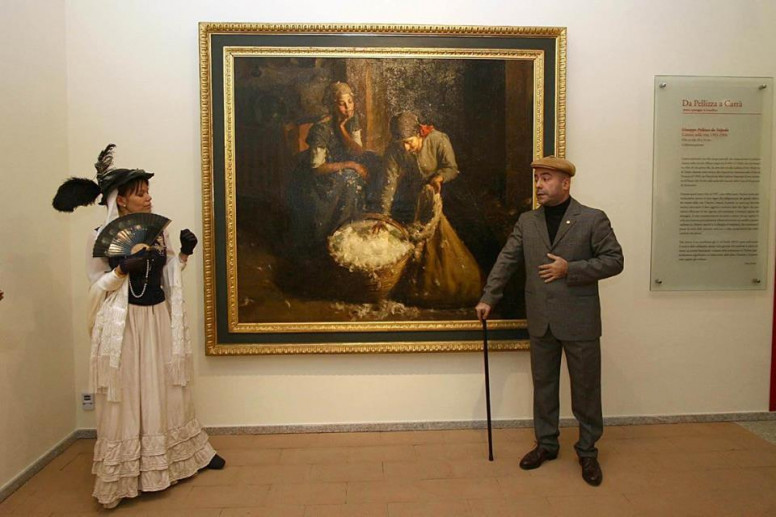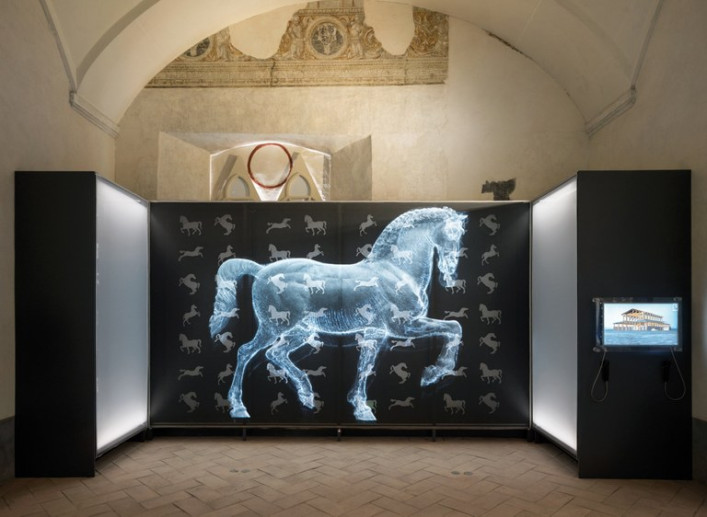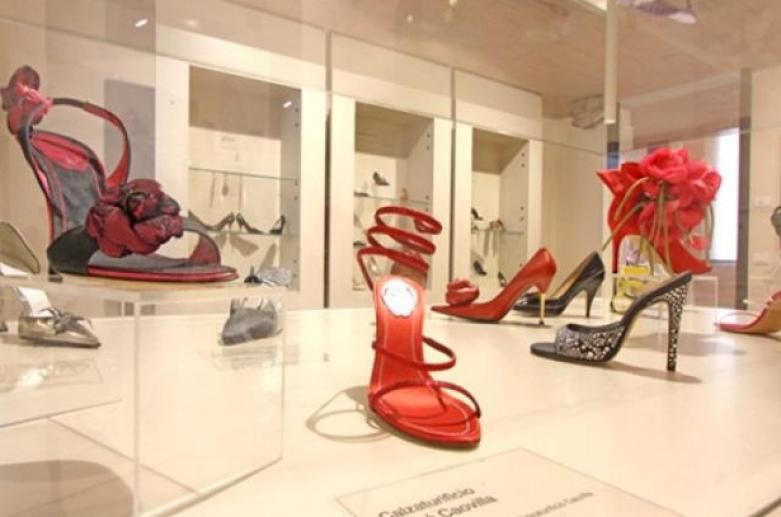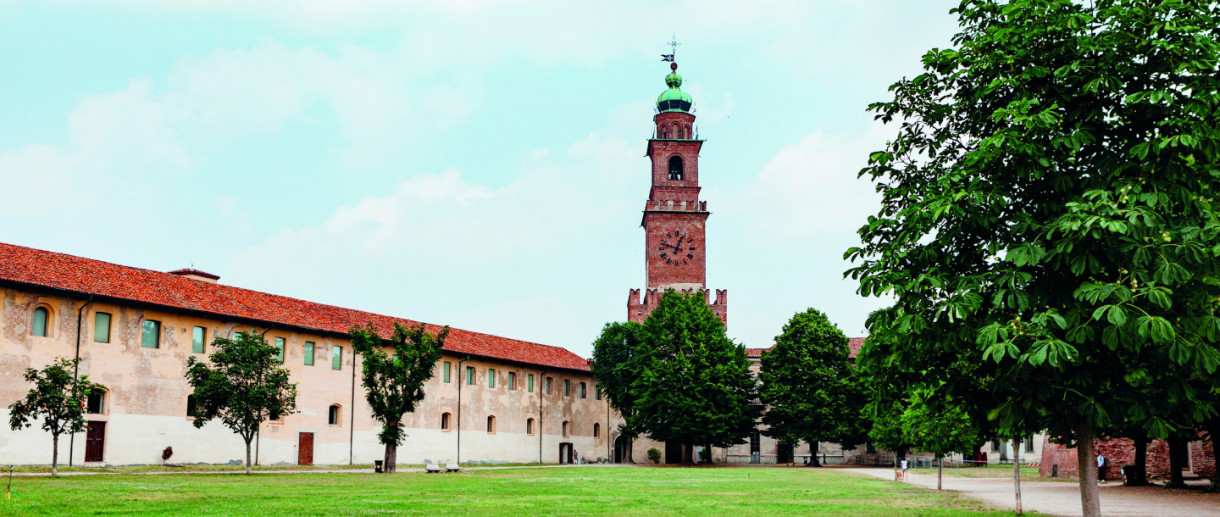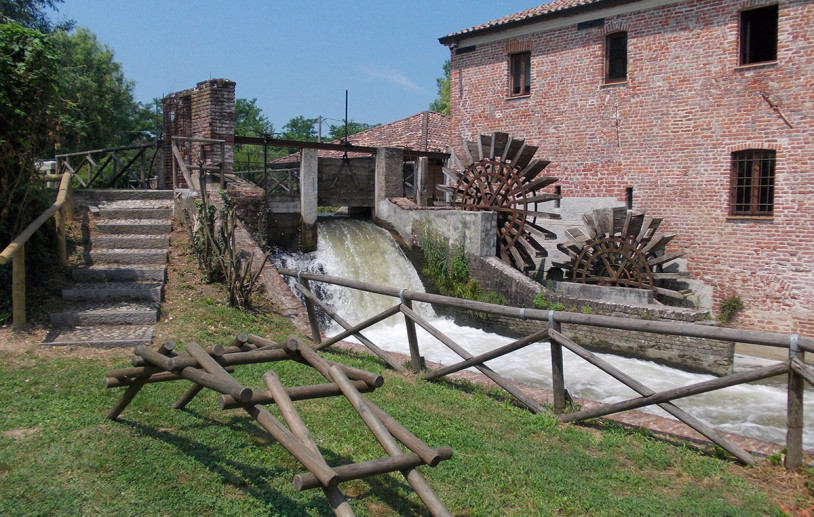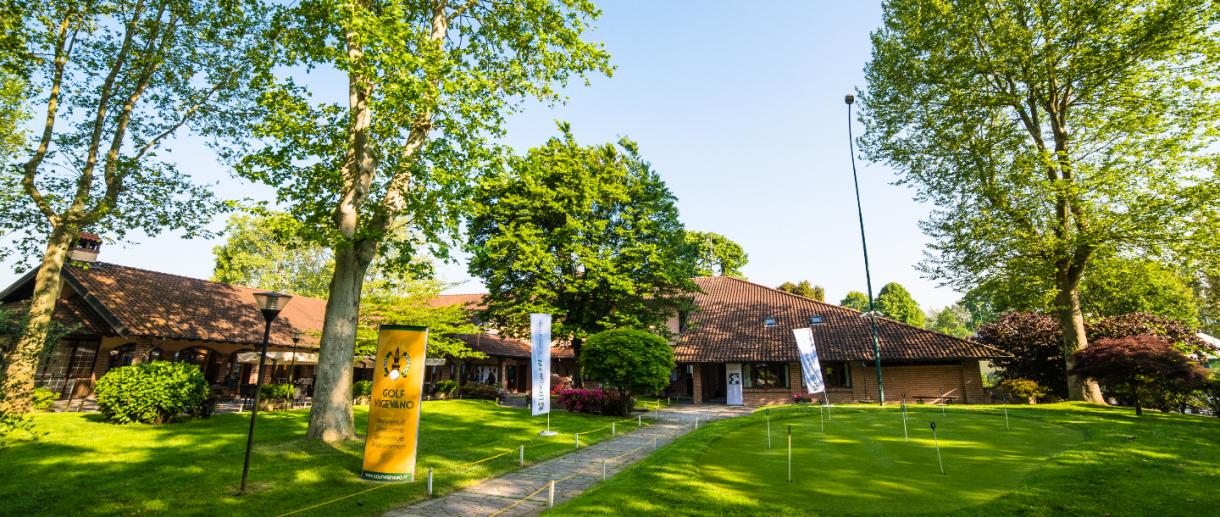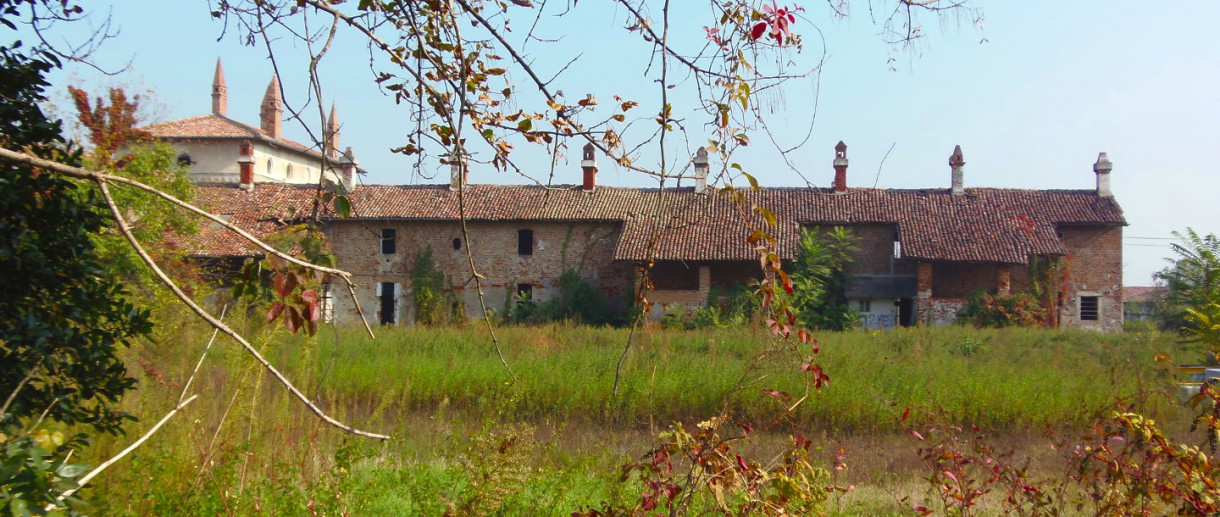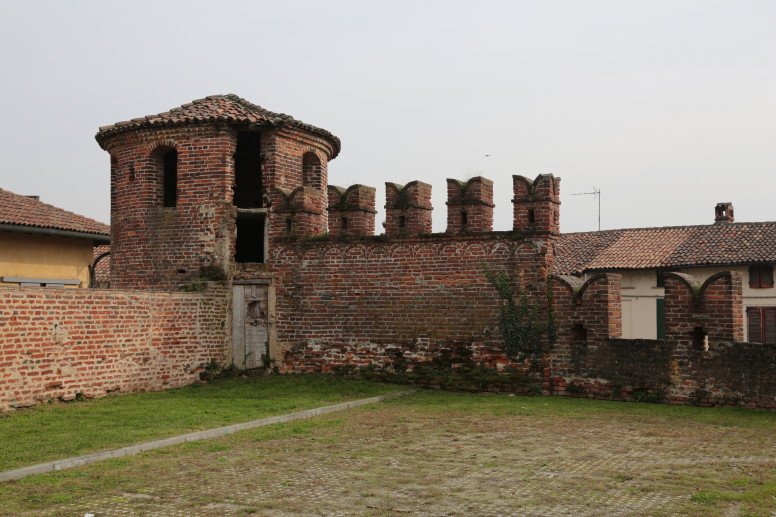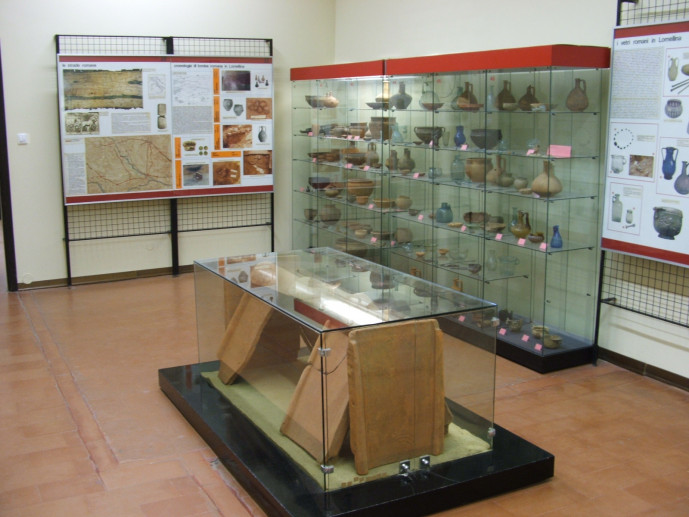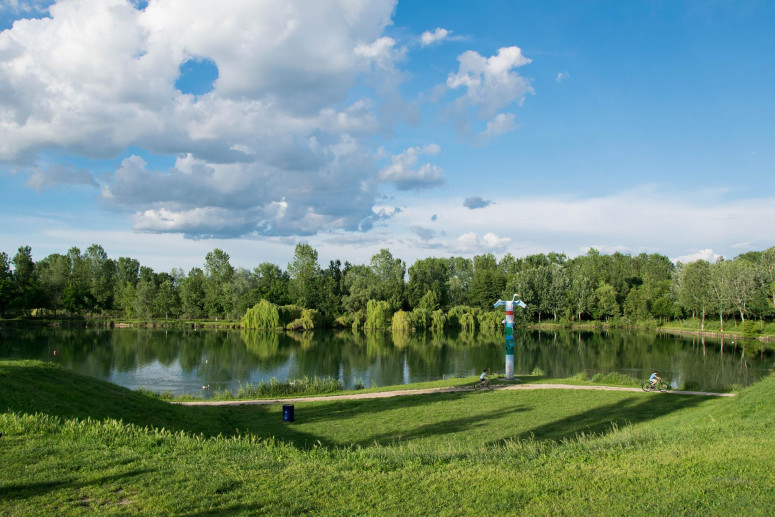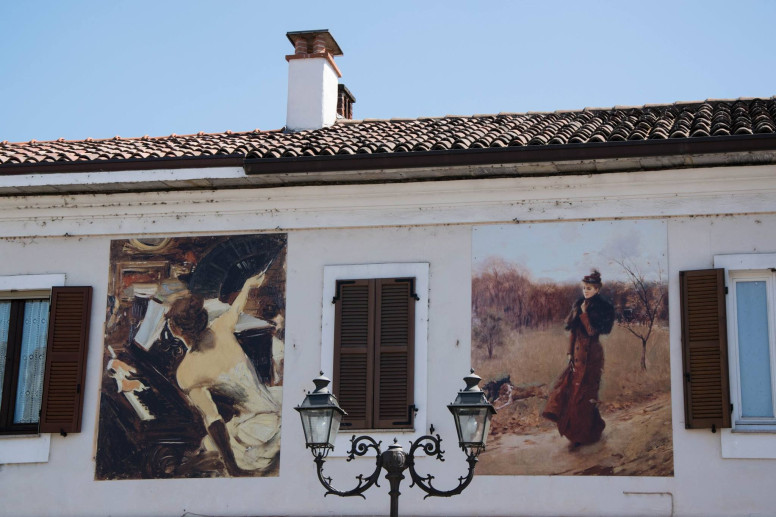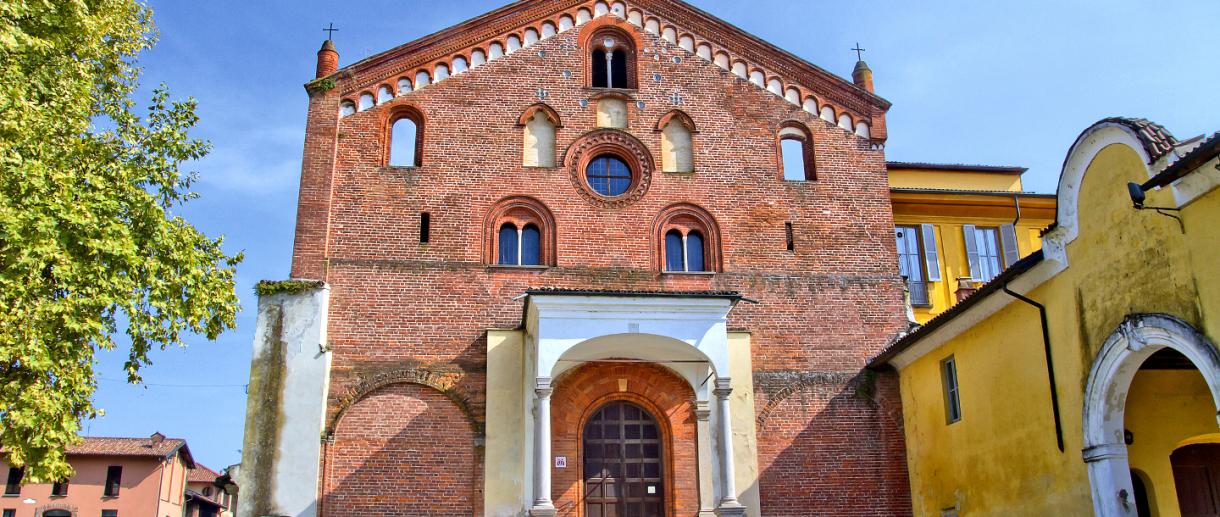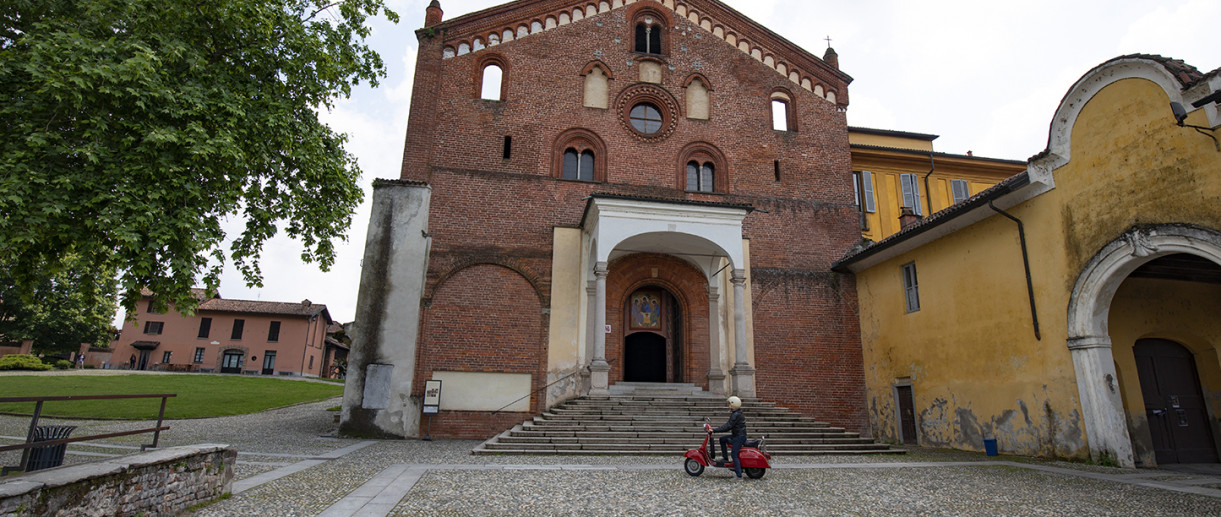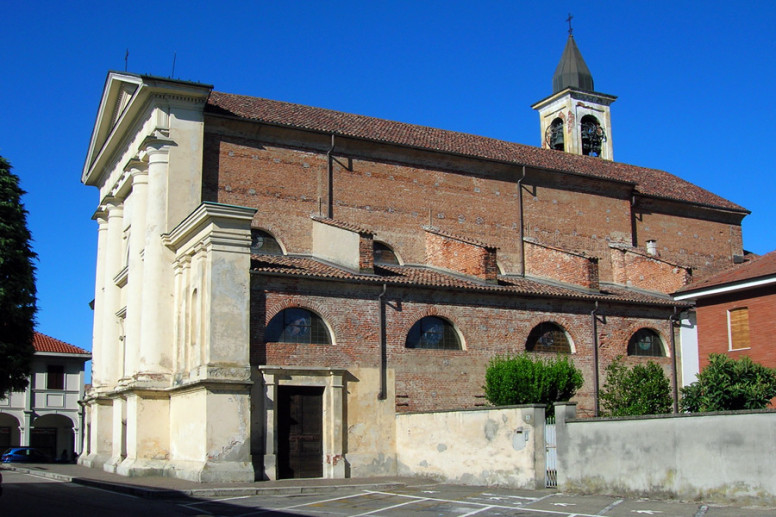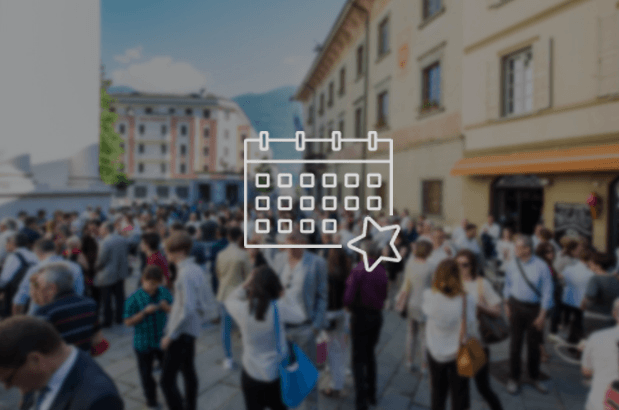- Art & Culture
- Religious Tourism
Museum of the Treasure of the Vigevano Cathedral
I
The core of the Museum comes from the donation made by Francesco II Sforza to the newly established Diocese of Vigevano in 1534.
In 1529, Francesco II Sforza, thanks to the intervention of Pope Clement VII, managed to regain the Duchy of Milan and obtain the forgiveness of Charles V, who, after placing him on the ducal throne in 1521, had taken it away four years later, accusing him of treason for the conspiracy devised by his advisor, Gerolamo Morone.
A few months later, Francesco obtained from the Pope that his hometown, Vigevano, be elevated to the dignity of a Diocese and a city, fulfilling what had been his father Ludovico il Moro’s dream for years. Recent historical studies have revealed an ambitious project of Ludovico il Moro regarding Vigevano: the elevation of the city to the status of a bishopric in order to create, with the bishopric, “a rich and prestigious ecclesiastical apparatus that could adequately serve the court, now almost permanently residing in Vigevano, and predominantly composed of men of the court.” Thus, Moro’s plan was for an entire city, including the ecclesiastical section, to serve as the ideal setting for his court.
It was also very important for Francesco II to secure the right, for himself and his heirs, to personally appoint bishops to the Vigevano Cathedral.
Countless silver furnishings, tapestries, precious illuminated missals, paintings, wooden furniture, and liturgical vestments were sent to Vigevano to adorn the Cathedral and still constitute the most important part of the Museum of the Cathedral’s Treasure. The concept of a "treasure," although not exactly the term used, was already present in the ancient documents and inventories created after Francesco II’s donation, where the primary focus was on the silverware.
Today, only eight pieces of precious metal from the original donation remain, but some of these—such as the pax, the processional cross, the episcopal chalice, and the pastoral staffs—are unquestionably the most prestigious and valuable of the entire donation, and their distinctive characteristics have defined the collection.
The entrance is located in the arcade of the Bishop’s Palace, directly accessible from Piazza Sant'Ambrogio.
Opening hours
The museum is open every Saturday and Sunday from 3:00 PM to 7:00 PM.
Other days by appointment.
